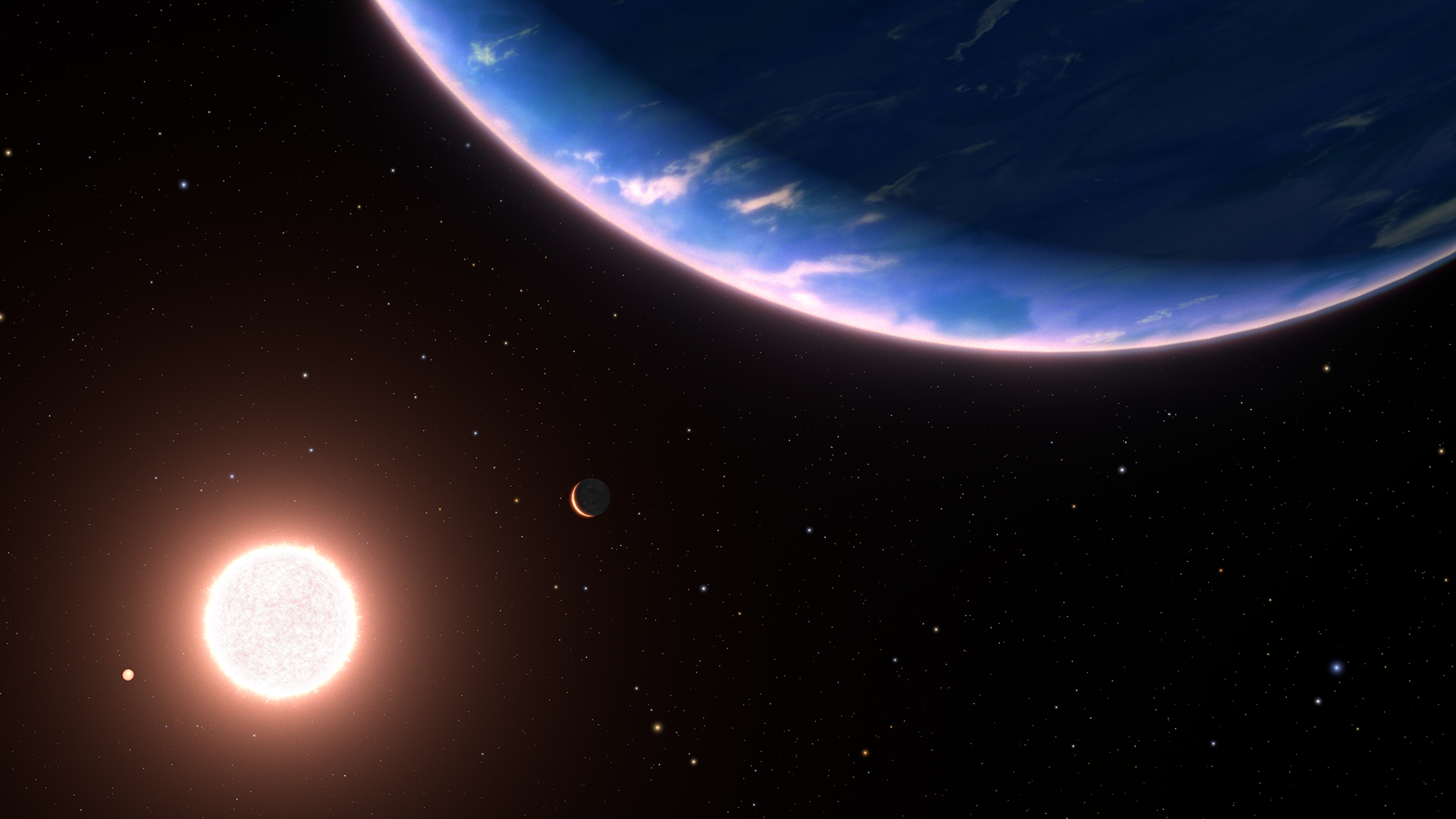2024-01-25 NASA
◆NASAのLROが検出した若い逆断層は、月面上に階段状の崖を形成し、これが地球潮汐と月の収縮によって引き起こされる。逆断層の形成は浅い月震を伴い、月面基地の地震ハザードを理解するために新しい地震データが必要。月の南極地域の表面傾斜の安定性もモデル化され、一部領域が軽い地震で土砂崩れしやすいことが示唆されている。これらの情報は将来の月探査計画に役立つ。
<関連情報>
- https://www.nasa.gov/earth/moon/shrinking-moon-causing-moonquakes-and-faults-near-lunar-south-pole/
- https://iopscience.iop.org/article/10.3847/PSJ/ad1332
月南極域の地殻変動と地震活動 Tectonics and Seismicity of the Lunar South Polar Region
T. R. Watters, N. C. Schmerr, R. C. Weber, C. L. Johnson,, E. J. Speyerer, M. S. Robinson and M. E. Banks
The Planetary Science Journal Published:2024 January 25
DOI:10.3847/PSJ/ad1332

Abstract
The lunar south pole regions are subjected to global stresses that result in contractional deformation and associated seismicity. This deformation is mainly expressed by lobate thrust fault scarps; examples are globally distributed, including polar regions. One small cluster of lobate scarps falls within the de Gerlache Rim 2 Artemis III candidate landing region. The formation of the largest de Gerlache scarp, less than 60 km from the pole, may have been the source of one of the strongest shallow moonquakes recorded by the Apollo Passive Seismic Network. The scarp is within a probabilistic space of relocated epicenters for this event determined in a previous study. Modeling suggests that a shallow moonquake with an Mw of ∼5.3 may have formed the lobate thrust fault scarp. We modeled the peak ground acceleration generated by such an event and found that strong to moderate ground shaking is predicted at a distance from the source of at least ∼40 km, while moderate to light shaking may extend beyond ∼50 km. Models of the slope stability in the south polar region predict that most of the steep slopes in Shackleton crater are susceptible to regolith landslides. Light seismic shaking may be all that is necessary to trigger regolith landslides, particularly if the regolith has low cohesion (on the order of ∼0.1 kPa). The potential of strong seismic events from active thrust faults should be considered when preparing and locating permanent outposts and pose a possible hazard to future robotic and human exploration of the south polar region.



